
A vertical takeoff, vertical landing test by Linkspace of China in January 2018.
31.01.2018
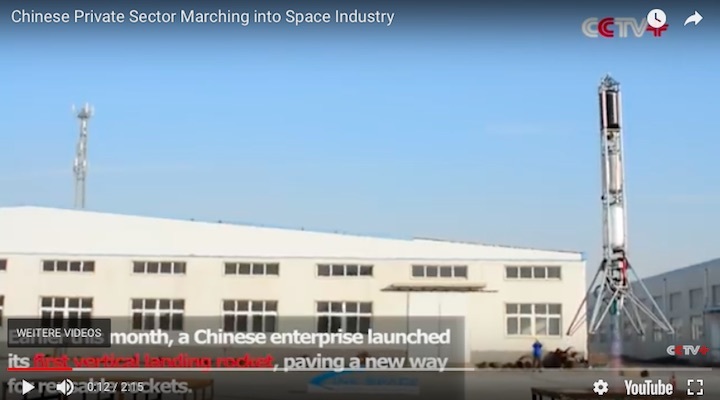
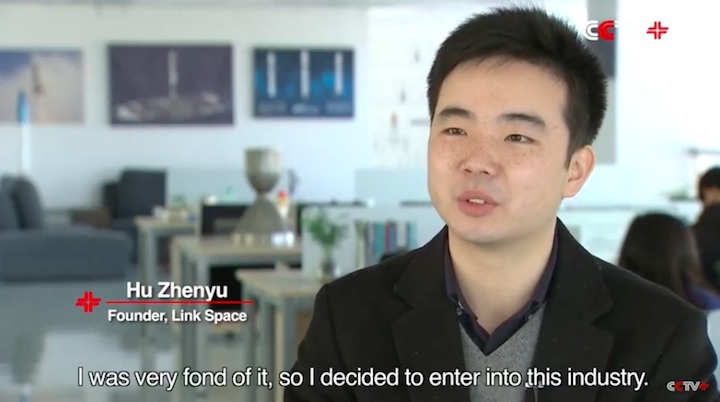
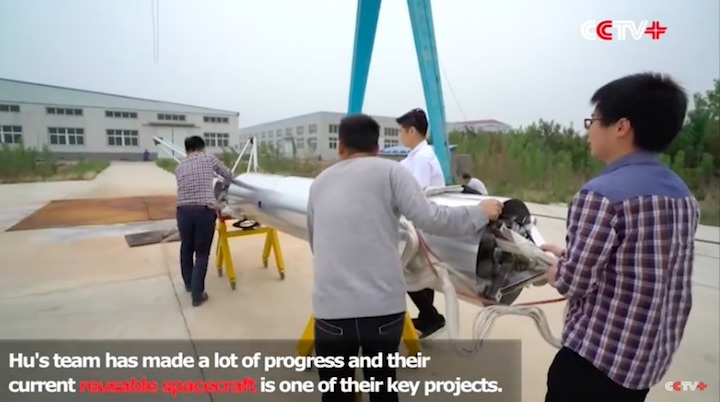
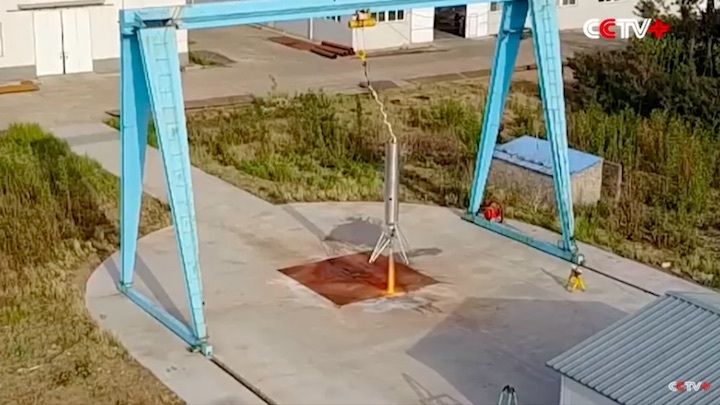
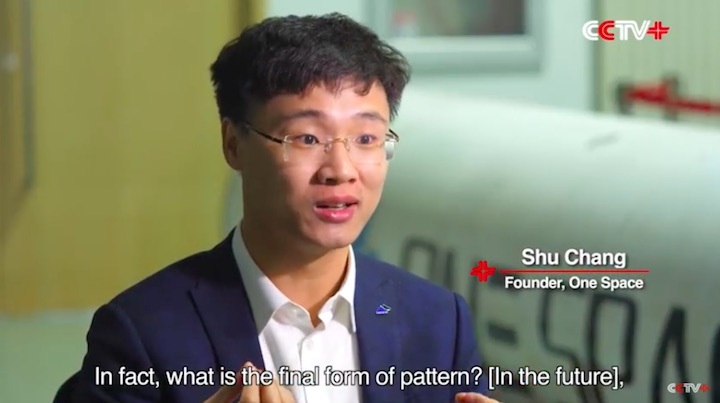
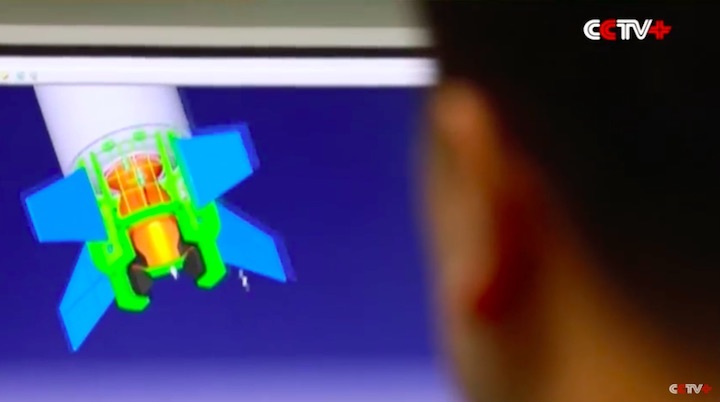
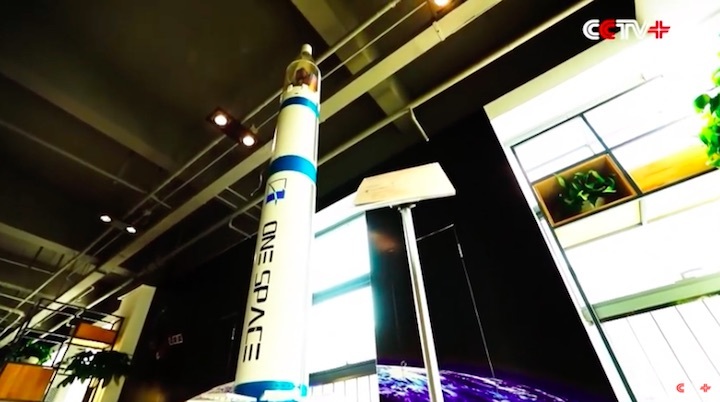
Chinese private space company Linkspace has taken a step in its development of a reusable orbital rocket with a successful vertical takeoff, vertical landing (VTVL) test.
VTVL has allowed US company SpaceX to launch, land and reuse its Falcon 9 rocket first stages, and will next week attempt the same with the new Falcon Heavy launch vehicle.
The breakthrough by Linkspace will be used for its own, much smaller rockets which will aim to provide low-cost access to space for clients looking to launch small satellites.
The NewLine-1 rocket, with a reusable first stage, will be capable of carrying 200 kg of micro and nanosats to Sun-synchronous orbit up to an altitude of 500 kilometres.
Linkspace is aiming for the maiden flight to take place in 2020.

A vertical takeoff, vertical landing test by Linkspace of China in January 2018.
Hu Zhenyu founded the start-up Linkspace in 2014 before leaving university.
"The one who knows nothing, fears nothing. I didn't know how tough it would be. I was very fond of it, so I decided to enter into this industry. I didn't think much about the difficulties, as they gradually showed up in the process," Hu told CCTV.
"There are two good things about being a private company in this industry. One is that our operations are separated from the traditional state system, which allow us to deeply integrate some skills with our own human resources during establishing our own system," Hu said.
As well as rockets, Linkspace will have a satellite aboard a Chinese Long March 2D launch on Friday, piggybacking on the Zhangheng-1 seismo-electromagnetic probe.
There are few Chinese private companies building rockets, but four of them are in Yizhuang District, an Economic-Technological Development Area in southeast Beijing.
One of these, OneSpace, expects launch its first OS-X1 rocket, designed for suborbital flights to provide high-altitude research and test services, in June following successful tests of its solid-propellant engine last month.
The first of the larger OS-M rocket series, the OS-M1 rocket, could have its maiden flight before the end of the year and is planned to provide low-cost, light-lift launch services for low Earth (LEO) and Sun-synchronous orbits (SSO).
CEO Shu Chang says OneSpace has already received close to ten orders for launch services, including major customers in the domestic satellite sector and possible strategic partnerships with European satellite firms.
OneSpace received support from the State Administration for Science, Technology and Industry for National Defence (SASTIND), which oversees China's space activities, and has raised 500 million yuan (US$77.6m) through finance rounds since its establishment in summer 2015, according to Tencent Technology.
This follows a government decision in 2014 to allow the diversification of sources of income for space companies in an effort to boost innovation.
This was backed up in a 2016 Space 'White Paper', which underlined commercial space activities and funding for the first time in a government document.
The China Aerospace Science and Industry Corporation (CASIC), the country's largest missile-maker, is looking to establish itself in the launch market through subsidiary Expace, which has flown early models of its Kuaizhou solid-propelled launch vehicles and is developing much larger and heavier rockets.
The Kuaizhou-1A debuted in January 2017 and this year will be used for four launches inside a week. The larger 78-tonne Kuaizhou-11 is expected to have its maiden flight in the first half of this year.
Another private player, Landspace, could also see its LS-1 rocket fly for the first time this year.

The first Kuaizhou-1A lifts off from the Gobi Desert at 04:11pm UTC on January 9, 2017.
The main contractor for the Chinese space programme, the state-run China Aerospace Science and Technology Group (CASC), has been slow in moving towards rocket reusability, testing the use of parachutes.
However in a long term space transportation roadmap unveiled late last year, CASC set out 2035 as the target for full reusability for its launch vehicles, following the trails being blazed by US companies SpaceX and Blue Origin.
Quelle: gbtimes